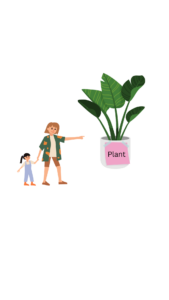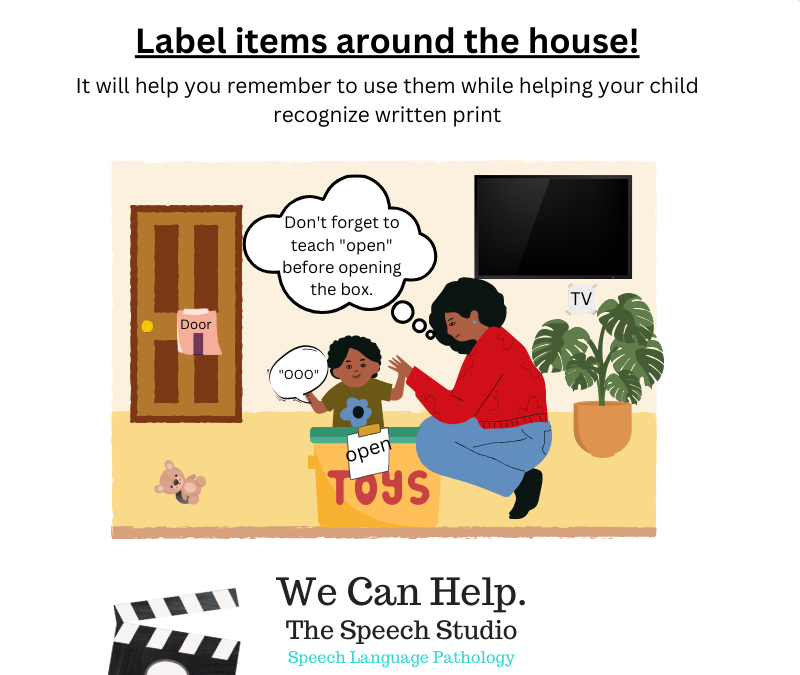
Labeling Household Items for Child Language Development.
Looking for effective ways to support your child’s language development at home? One simple yet powerful technique is labeling household items with Post-it notes or signs. This practice helps children connect objects with their names, fostering vocabulary growth and better language comprehension—crucial elements in early intervention and speech therapy.
Here are 10 engaging activities to enhance your child’s learning experience and help them learn to talk!
1. Create Labels for Key Items
Label frequently used items like the fridge, table, and door. Encourage your child to read and say the words aloud. This is an effective strategy for enhancing lexical development.
2. Color-Coded Labels
Use different colors for various categories—blue for kitchen items, yellow for living room items. This visual organization aids in language acquisition and vocabulary expansion.
3. Interactive Labeling Walk
Tour your home and point out labeled items. Use each object’s name in conversation, reinforcing learning and encouraging consistent vocabulary use in early intervention.
4. Label a Map of Your Home
Create a simple map and label the rooms and major items. This activity helps your child visualize their environment while enhancing their spatial awareness and vocabulary skills.
5. Labeling Game
Make it a game! Have your child race to find items that match your labels, promoting active learning and word acquisition.
6. Use Visual Signs
For seasonal items, create signs describing what the item is. This encourages learning less familiar vocabulary, expanding their lexicon and supporting speech therapy.
7. Label Food in the Kitchen
Label pantry or fridge items like cereal and milk. This integrates vocabulary into daily routines and promotes healthy eating habits.
8. Create a Labeling Journal
Keep a journal to record labeled items. Drawing pictures alongside names reinforces learned words and supports literacy development.
9. Sing and Label
Make up songs using labeled items, like “This is the lamp.” Singing makes learning fun, reinforcing vocabulary through music, which enhances phonological awareness.
10. Story Time with Labels
Create a story using labeled items, like “The lamp and the chair were best friends.” This promotes creativity while reinforcing language and storytelling skills, essential in speech therapy.
Conclusion
Labeling household items with Post-it notes or signs is a simple, effective way to enhance your child’s language development. It supports vocabulary growth and creates a fun, interactive learning environment.
Incorporate these 10 labeling activities into your daily routine and watch how quickly your child’s language skills grow as they learn to talk and increase their vocabulary!
Follow us on Instagram


